Inspiration comes in many forms. As visual artists, the obvious place to find inspiration is other visual experiences. However, some of my favorite ideas often come from sources that are not strictly visual. Here are some rocks to turn over to find your next great idea or inspiration:
Buy the Frame, Make the Painting
It’s kind of like starting with the end, and reverse engineering the idea. For example: These two frames were being sold together. Good price, cool frames… so I figured let’s just pull together everything I had 2 of. This lead to realizing I don’t have a lot of things in double but I do have things that are in pairs (salt shakers, book ends, dice, etc) Voila!
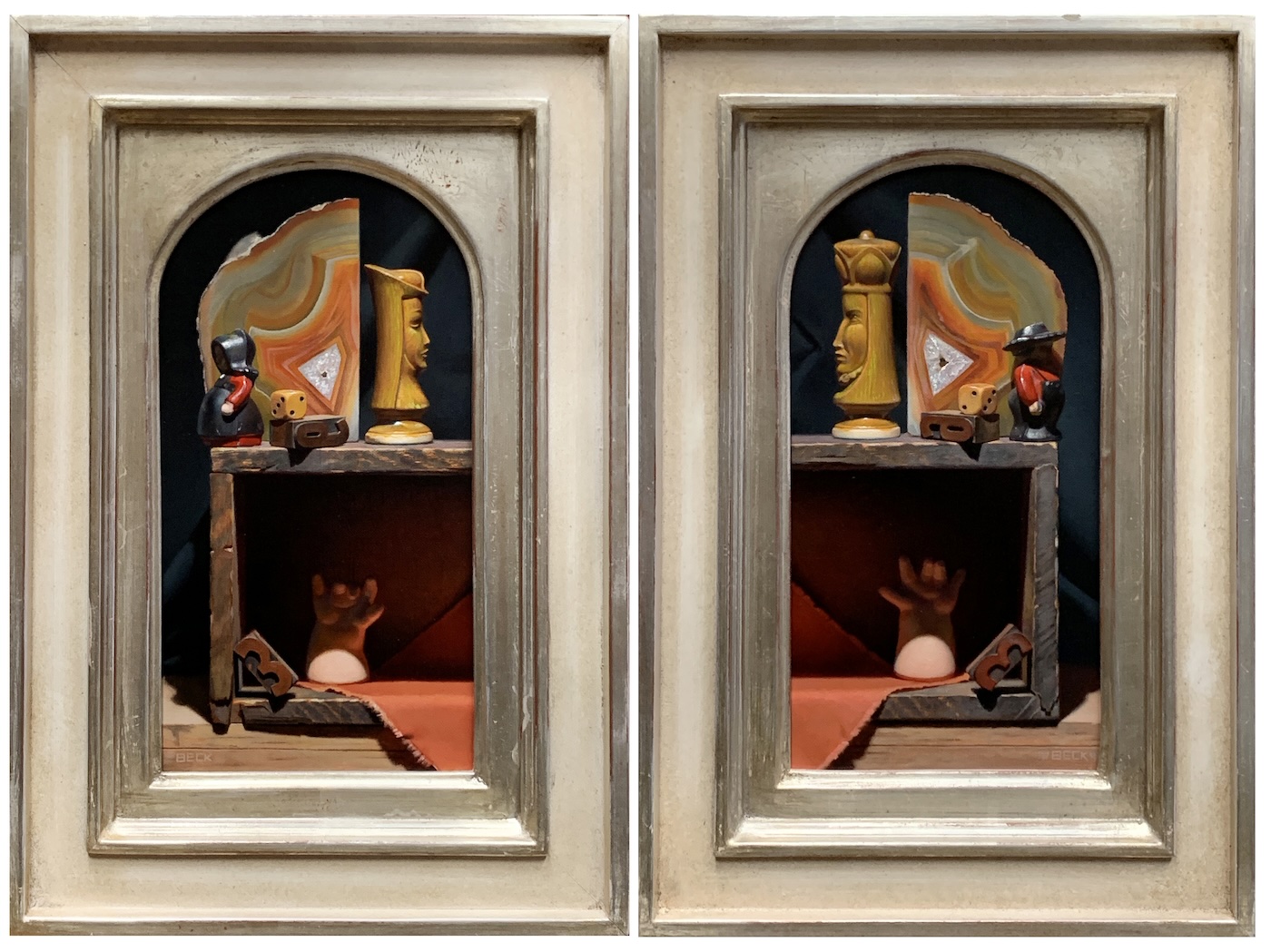
Animus and Anima
Poetry or Lyrics
Poetry, especially abstract or metaphorical poetry, can unlock visual ideas that wouldn’t naturally occur to you. Not only can you allow the imagery of words to stir visual ideas, but poets use words like we use visual elements. Pattern, rhythm, and harmony are all elements both languages share. Musical artist and poet Mike Doughty (lead singer of Soul Coughing from back in the day) uses repetition and words as percussive elements. The surreal and abstract use of language is enjoyable for me to listen to and I feel like I’m trying to create a similar visual sense in what I create. Other poets or songwriters who I enjoy their use of wordplay, language and artistry are Harry Baker, Andre 3000, Andrea Gibson, and Jordan Escobar.
Personally, lyrics and words have more impact on idea creation for me than music alone. Maybe this is just because of how my brain processes information but who knows!
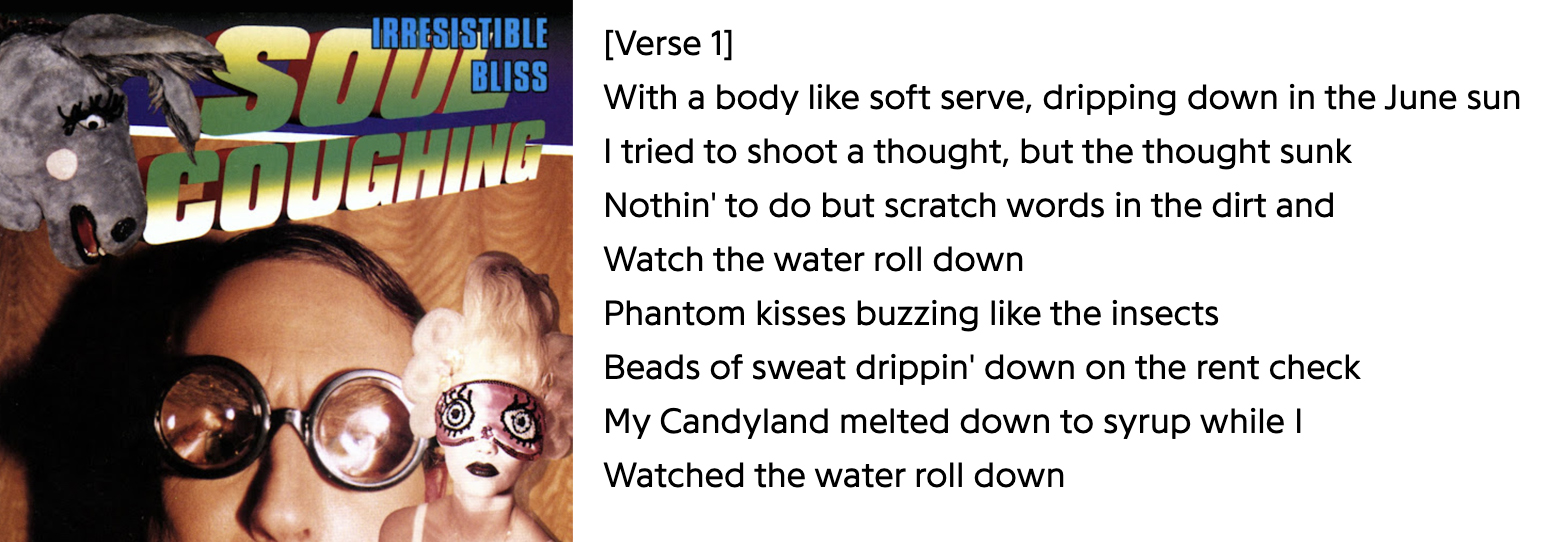
If you say these lyrics out loud, they are really fun to say because of the pattern and repetition.
Found Objects & Everyday Encounters
I literally tripped and fell today. The only thing I got out of it, other than a banged up knee and twisted ankle, was the thing I stepped on that caused the fall. A very cool plastic cow figurine. I make a habit of picking up random things I find on the sidewalk or in random other places, even if they cause me pain.
This also requires you to go about your day being open to the mundane. Wandering through a park, a city street, or even your own home, try to pay attention to things you might usually overlook. A pattern on an old piece of fabric, a crumpled note —these seemingly unimportant objects can suggest narratives, shapes, and textures that become central to or at least a part of an idea. I’ve incorporated found objects into sketches or used their forms as the seed for a composition. The everyday can be the foundation for the uncanny, where a misplaced object transforms into something otherworldly in the right context. And you don’t necessarily have to take a face-plant onto the sidewalk to find it.
Some of the stuff in my Jeez Louise painting was found in random junk drawers or discarded hardware, There’s an easel knob in there, a random piece of wood that was used for curtains, the top to a teapot, old medium cups that were being thrown out and a jar someone almost got rid of because they couldn’t get the top open.
This painting was also inspired by Louise Nevelson who is a sculptor I absolutely adore. The idea came from the limitation of all black objects but also with the found objects that mimic Nevelson’s found materials.
Conversations & Eavesdropping
Man, am I nosey! Spill the tea! Human interactions can be a goldmine for inspiration. Eavesdrop in a café or take mental notes during a conversation. A certain phrase or emotional subtext could ignite a visual representation of the human experience in a way you hadn’t expected. Sometimes I find that overheard things are like tarot cards or reading tea leaves (pun was intended). You take certain random signals or symbols and immediately map it onto something you’re currently experiencing. It’s a way to try on a certain filter in a way.
Find Inspiration within Limitations
Put a limitation on your process, or set a rule for yourself. Art is inherently problem solving, and boy do our brains like doing gymnastics to solve those problems. If you’re bored by a project or topic or have an idea that’s not super exciting, try to make it more interesting by creating certain rules that challenge your typical approach to that idea. Do you always do 2 point perspective? Try forcing it to be an aerial view. Do you typically work in a full value range? What happens when you only allow yourself mid and light values? Do you fuss and fuss to get your rendering perfect? Force yourself to use brushes you are unfamiliar with.
My example: Alice in Wonderland has been done time and time and time again. That was the general theme I wanted for this group of objects but couldn’t get anything going then felt interesting or cliche. Instead, I gave myself the challenge that I needed to do a set up that could be hung upside down and still work.
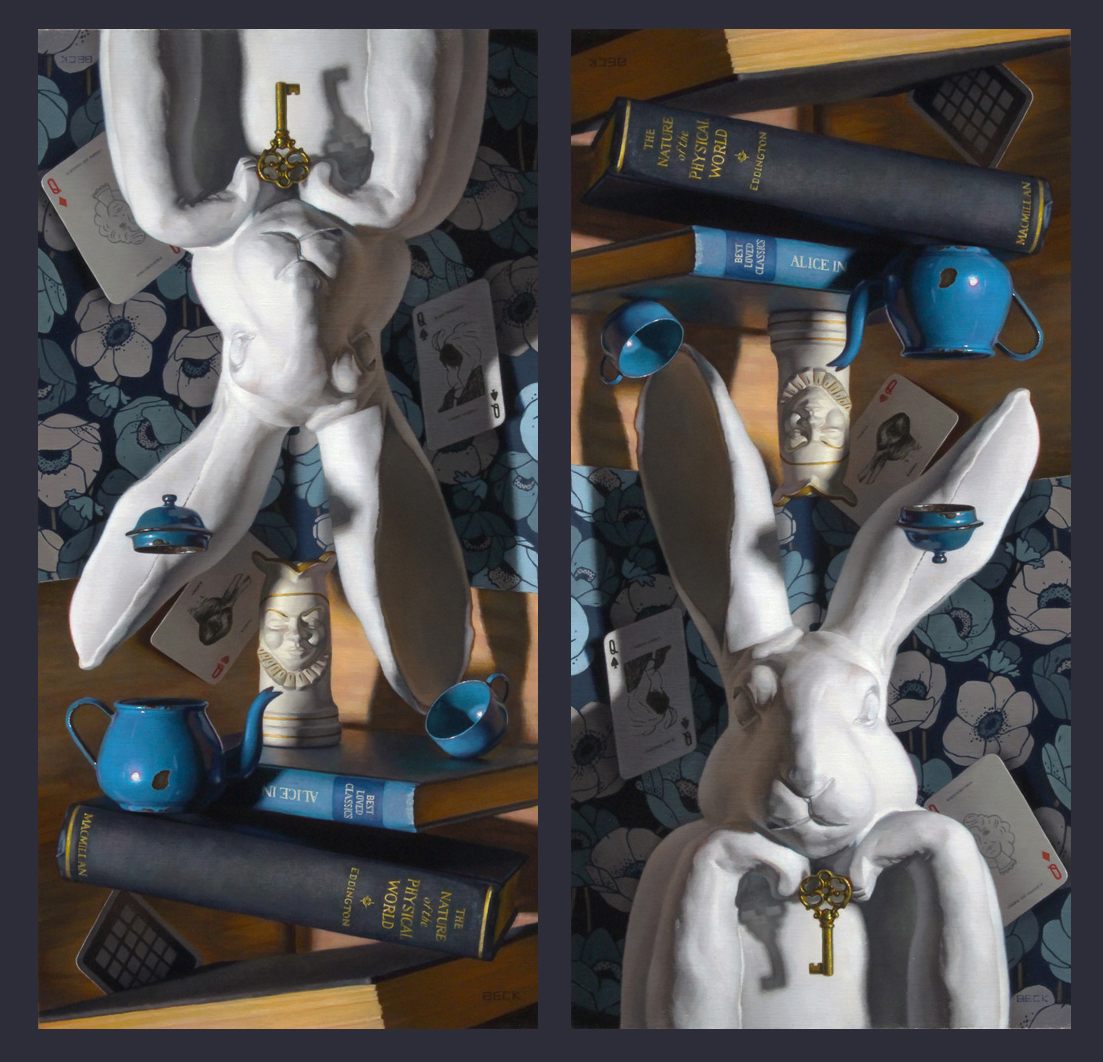
Mind Over Matter
Science & Theories
There’s also something to be said for the inspiration found in scientific concepts, especially those that challenge our understanding of reality. Quantum theory, for instance, or the idea of alternate dimensions, can create a spark for ideas to latch onto. I am lucky I live in a city where free lectures are sometimes offered at local universities and places like MIT and Harvard engage with the public in accessible ways. New discoveries or theories about the world may offer just the right touch inspiration to push your work in unexpected directions. One of my favorite books (and believe it or not but Greg Manchess and I share this as one of our tops reads) suggests that Art and Physics are very closely tied together.
In Summary
Inspiration doesn’t have to come from purely visual sources. By broadening your intake that fills your creative well—poetry, found objects, conversations, music, science, etc. —you open the door to a wider world of inspiration. Keep your eyes (and all your other senses) open! But especially your eye so you don’t trip and fall… I could have found the cow without falling.



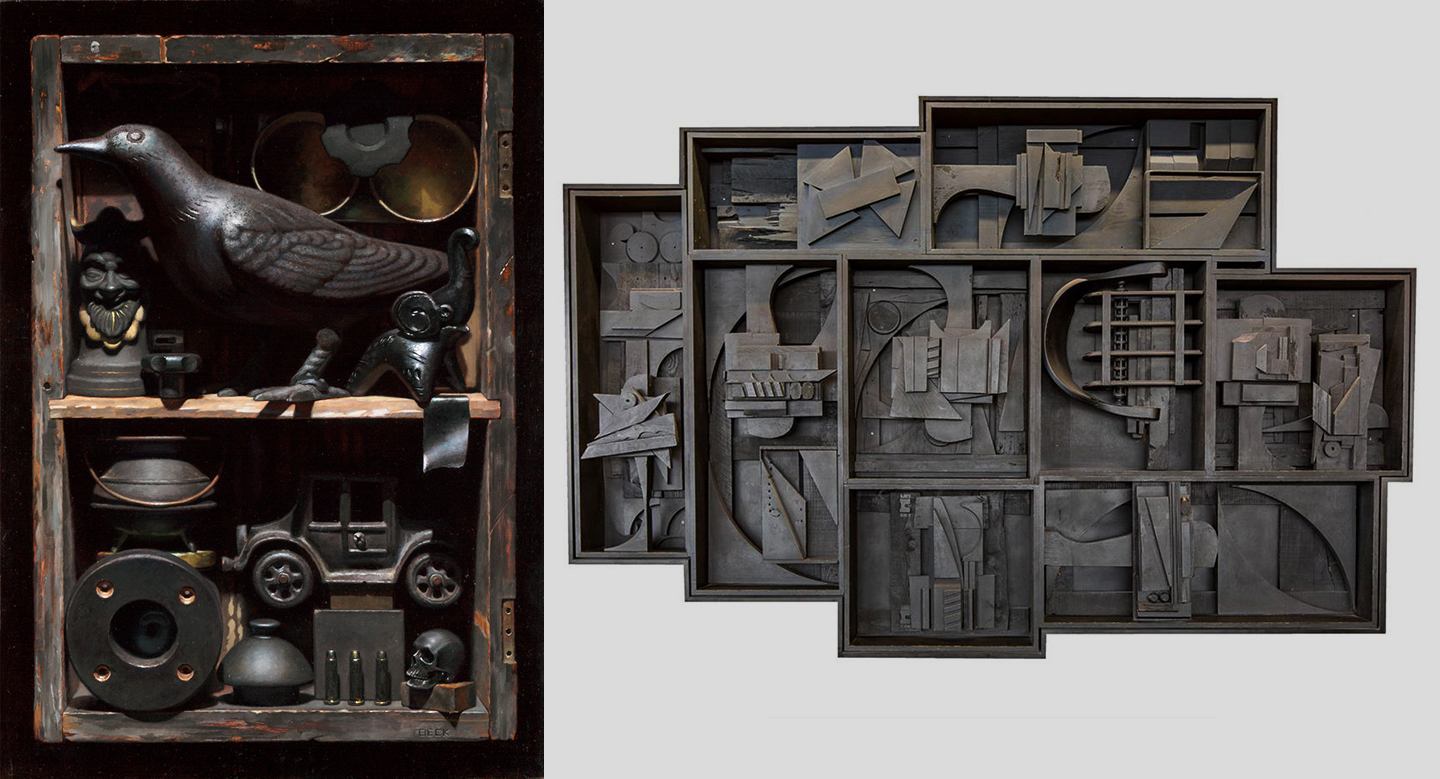

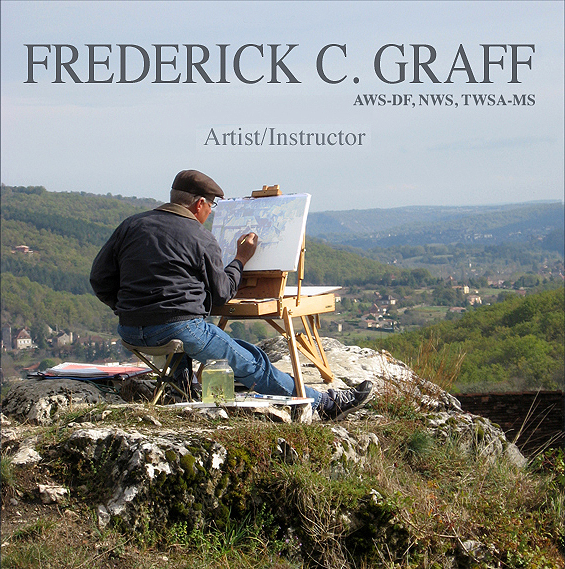

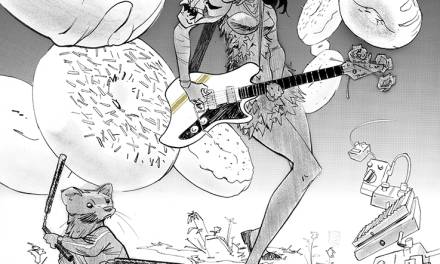
Great tips for getting the ball rolling, Julie.